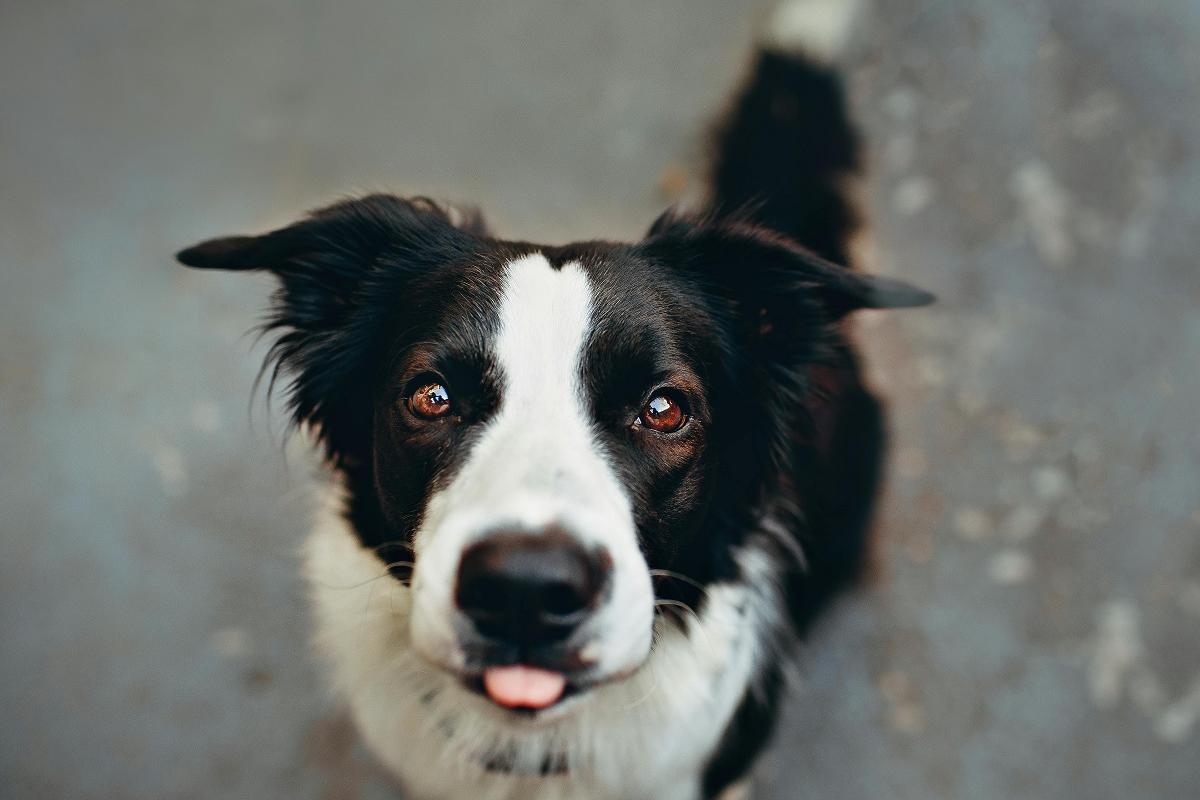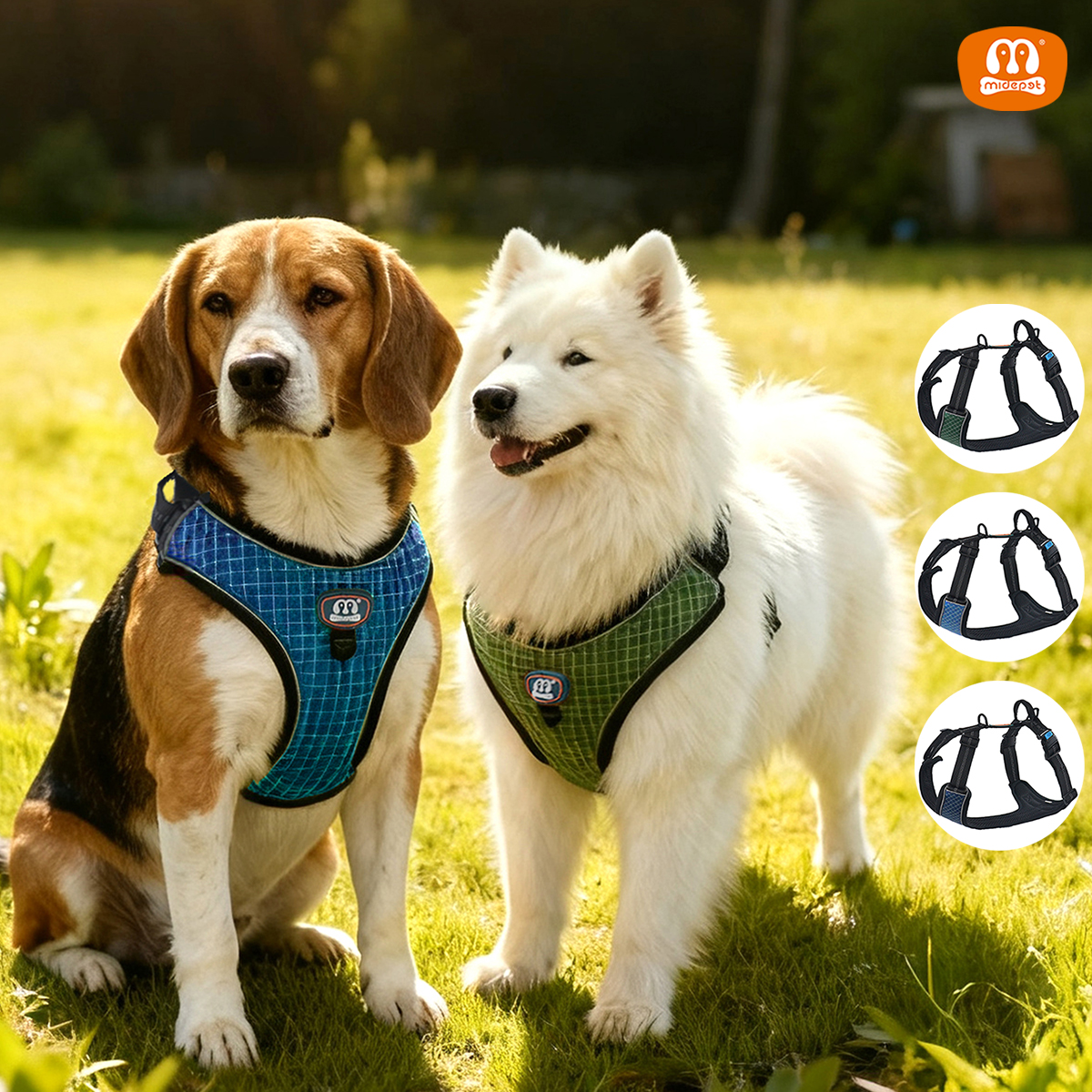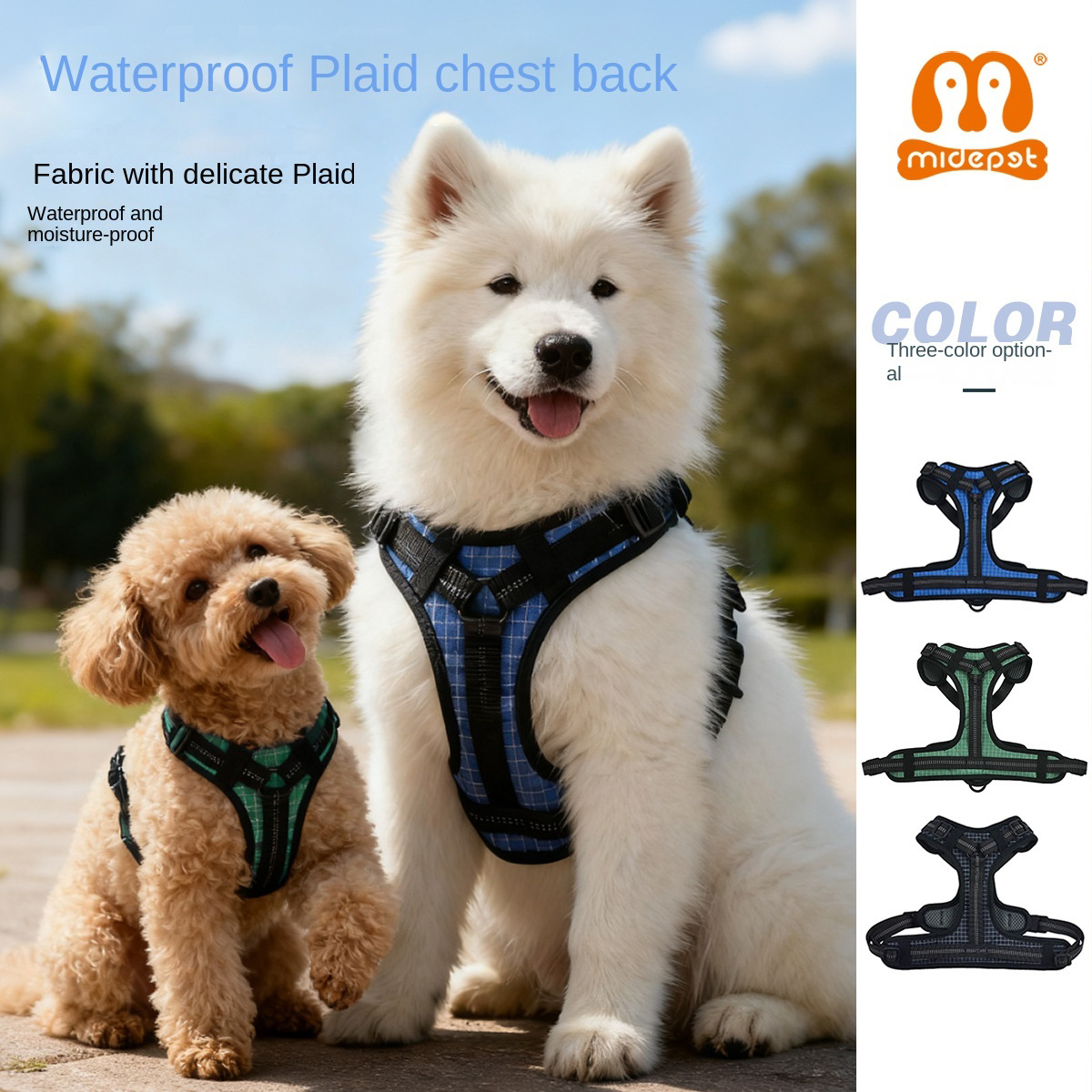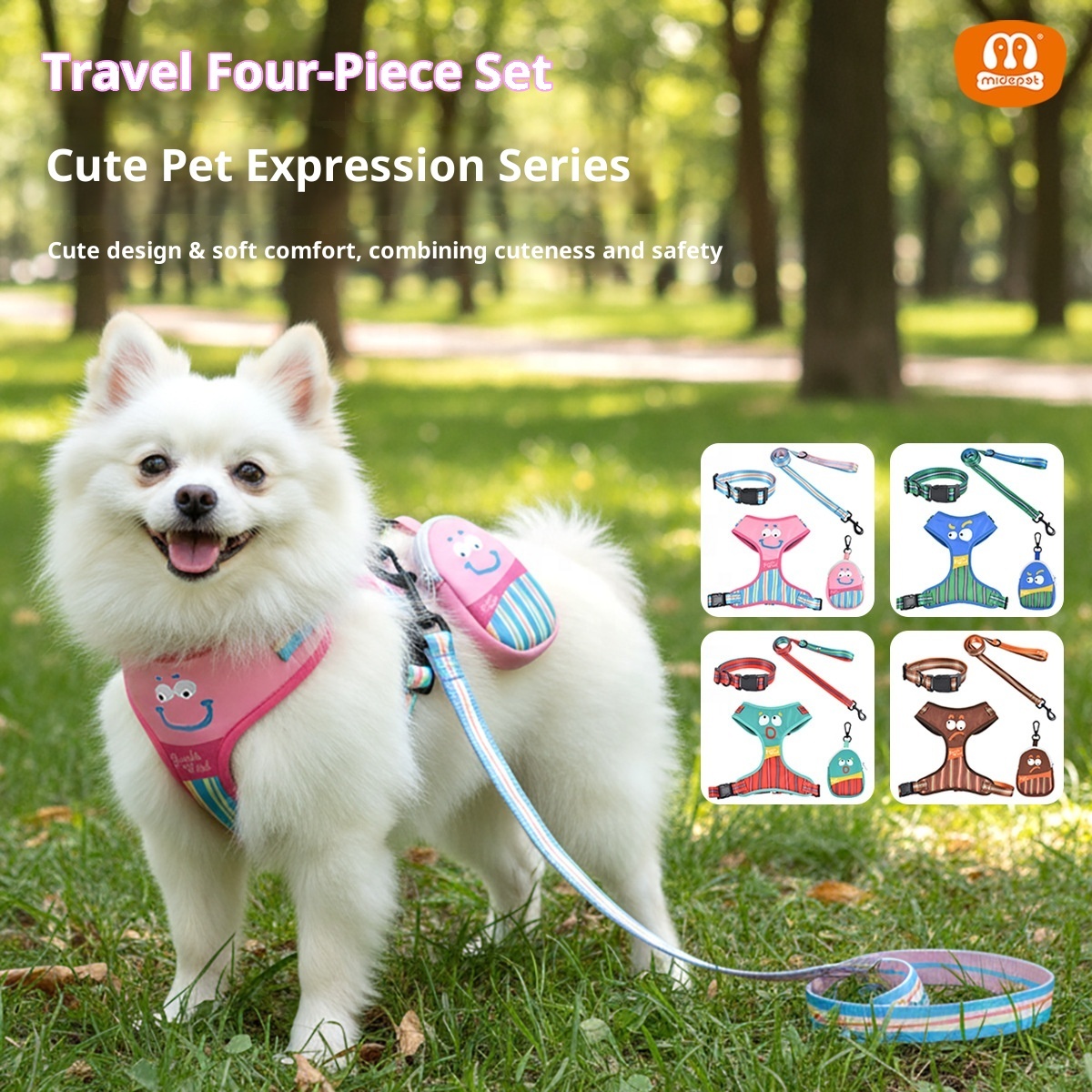How to Stop a Dog from Pulling on a Leash
How to Stop a Dog from Pulling on a Leash

Walking a dog on a leash is meant to be a pleasant and calming experience for both you and your dog. However, if your dog tends to pull on the leash, it can turn what should be a relaxing walk into a frustrating battle. Whether you're a new dog owner or just looking for better control during walks, this guide will help you learn how to stop your dog from pulling on the leash effectively.
Why Do Dogs Pull on the Leash?
Before we dive into how to stop a dog from pulling on a leash, it’s important to understand why dogs pull in the first place.
Excitement: Many dogs pull out of sheer excitement. The outdoors is full of smells, sounds, and sights that are far more stimulating than what they experience at home.
Lack of Training: Dogs often pull simply because they haven’t been trained not to. Without consistent guidance, they think pulling is an acceptable way to move forward.
Natural Instinct: Dogs are natural explorers. When they pull, they’re often following their instincts to explore new territory.
Once we understand why dogs pull, we can address how to teach a dog not to pull by using specific techniques and tools to make walks more enjoyable for both you and your furry companion.
How to Stop a Dog from Pulling on a Leash
Stopping your dog from pulling requires a combination of training techniques and consistency. Below are some effective methods to help reduce and eventually eliminate leash pulling.
1. Use Positive Reinforcement
Positive reinforcement is one of the best ways to teach your dog any new behavior, including walking without pulling. Each time your dog walks beside you without pulling, reward them with praise, a treat, or their favorite toy. The idea is to make walking calmly more rewarding than pulling.
Start with Short Walks: Begin by taking short, manageable walks. This allows you to focus on rewarding good behavior rather than constantly correcting bad habits.
Reward Good Behavior: Every time your dog walks without pulling, give them a treat. Eventually, your dog will associate walking nicely with positive outcomes.
2. Stop Walking When Your Dog Pulls
One of the simplest techniques for how to stop a dog from pulling on a leash is to stop moving forward when they pull. This method teaches the dog that pulling doesn’t get them what they want—more forward motion.
Stand Still: When your dog pulls, stop walking. Wait until the leash is slack before continuing. This may take some patience, especially at first, but over time your dog will learn that pulling halts progress.
Change Direction: Another option is to change direction when your dog pulls. This keeps your dog focused on you and teaches them that they need to pay attention to where you're going.
3. Use a No-Pull Harness
While training your dog is essential, using the right equipment can also make a significant difference. For dogs that pull a lot, a no-pull harness is a great tool. Unlike traditional collars, no-pull harnesses are designed to minimize the strain on your dog’s neck and reduce their ability to pull forward.
Front-Clip Harness: A harness with a front clip is one of the best tools for dogs that pull. When the leash is attached to the front, the dog’s natural pulling motion is redirected to the side, which helps to prevent forward momentum.
4. Use a Shorter Leash
A long leash can encourage your dog to pull. By using a shorter leash, you give your dog less opportunity to get ahead of you. This also gives you more control and makes it easier to guide your dog as you walk.
Choose a 4-6 Foot Leash: A leash between 4 and 6 feet long gives you enough control without limiting your dog’s ability to explore a little.
5. Teach the “Heel” Command
Teaching your dog to "heel" is one of the most effective ways to stop leash pulling. The "heel" command tells your dog to walk beside you, staying close and keeping pace.
Start in a Distraction-Free Area: Begin training in a quiet area with few distractions. Once your dog is responding to the command in a calm environment, you can gradually introduce more challenging settings.
Reward Consistently: Like with any other training, reward your dog when they walk beside you without pulling. Use a clicker or verbal cue to mark the behavior as soon as they’re in the right position.
6. Stay Consistent
Consistency is key when teaching your dog how to stop pulling on a leash. If you're inconsistent with your training or allow your dog to pull sometimes, they’ll have a harder time understanding what’s expected of them.
Walk Regularly: Practice makes perfect, so try to walk your dog on a regular basis to reinforce the training. The more consistent you are, the quicker your dog will learn.
Best Collars for Dogs That Pull
When walking a dog on a leash, choosing the right collar or harness is crucial for both safety and comfort. Here are some of the best options for dogs that pull:
1. No-Pull Harness
As mentioned earlier, a no-pull harness with a front clip is one of the most effective tools for dogs that tend to pull. By redirecting your dog’s forward momentum, it helps teach them to walk calmly by your side.
2. Head Halter
A head halter fits around your dog’s head and nose, similar to a horse’s halter. When your dog pulls, the halter gently redirects their head towards you, making it easier to gain control.
Note: It’s important to introduce the head halter slowly and carefully, as some dogs may initially resist wearing it.
3. Martingale Collar
A martingale collar tightens slightly when your dog pulls, preventing them from slipping out while also giving you more control. Unlike choke collars, martingales don’t apply as much pressure, making them a safer choice.
4. Flat Collar
For dogs that pull less or are trained not to pull, a flat collar can work well. However, it’s not recommended for dogs that pull frequently as it can put too much pressure on the dog’s neck.
Best Collars for Dogs That Pull
When walking a dog on a leash, choosing the right collar or harness is crucial for both safety and comfort. Here are some of the best options for dogs that pull:
1. No-Pull Harness
As mentioned earlier, a no-pull harness with a front clip is one of the most effective tools for dogs that tend to pull. By redirecting your dog’s forward momentum, it helps teach them to walk calmly by your side.
2. Head Halter
A head halter fits around your dog’s head and nose, similar to a horse’s halter. When your dog pulls, the halter gently redirects their head towards you, making it easier to gain control.
Note: It’s important to introduce the head halter slowly and carefully, as some dogs may initially resist wearing it.
3. Martingale Collar
A martingale collar tightens slightly when your dog pulls, preventing them from slipping out while also giving you more control. Unlike choke collars, martingales don’t apply as much pressure, making them a safer choice.
4. Flat Collar
For dogs that pull less or are trained not to pull, a flat collar can work well. However, it’s not recommended for dogs that pull frequently as it can put too much pressure on the dog’s neck.
Walking a Dog on a Leash: Best Practices
Whether your dog is a natural puller or well-behaved, there are some general best practices for walking a dog on a leash:
1. Stay Calm and Patient
Dogs can sense your emotions. If you’re tense or frustrated, your dog is likely to pick up on it. Stay calm and patient throughout your walks, even if your dog is pulling.
2. Keep Walks Enjoyable
Walking your dog on a leash should be enjoyable for both you and your dog. Take time to let your dog sniff and explore their surroundings. This helps to reduce the urge to pull by giving your dog a chance to satisfy their curiosity.
3. Use Rewards Sparingly Over Time
As your dog becomes better at walking on a leash without pulling, you can gradually reduce the number of rewards. Instead of giving treats for every good behavior, reward them less frequently to encourage consistency.
4. Monitor Your Dog’s Comfort
Make sure the collar or harness fits properly and isn’t causing any discomfort. If your dog seems uncomfortable, they may pull more in an attempt to escape the discomfort.
How to Teach a Dog Not to Pull: Step-by-Step Process
If you're wondering how to teach a dog not to pull, here’s a step-by-step process to get started:
Start in a Quiet Environment: Begin your training in a distraction-free area like your backyard or inside your home.
Introduce the Command: Hold the leash short and keep your dog close to your side. Use the “heel” command and start walking slowly.
Reward Good Behavior: Each time your dog walks without pulling, reward them with a treat or praise. If they start to pull, stop walking immediately.
Use Redirection if Necessary: If your dog continues to pull, gently redirect them using a no-pull harness or head halter.
Gradually Increase Difficulty: As your dog gets better at walking on a leash, gradually introduce distractions like other dogs or new environments.
Practice Consistently: Consistent practice is key. Walk your dog regularly and continue reinforcing good behavior with rewards.
Conclusion
Learning how to stop a dog from pulling on a leash takes time, patience, and consistent training. By using positive reinforcement, the right equipment, and proper techniques, you can teach your dog to walk calmly by your side, making walks more enjoyable for both of you. Remember to be patient and celebrate the small victories along the way!
Whether you're looking for the best collar for dogs that pull or tips on how to teach a dog not to pull, the methods above will set you on the path to successful, stress-free walks with your furry friend. Happy walking!








